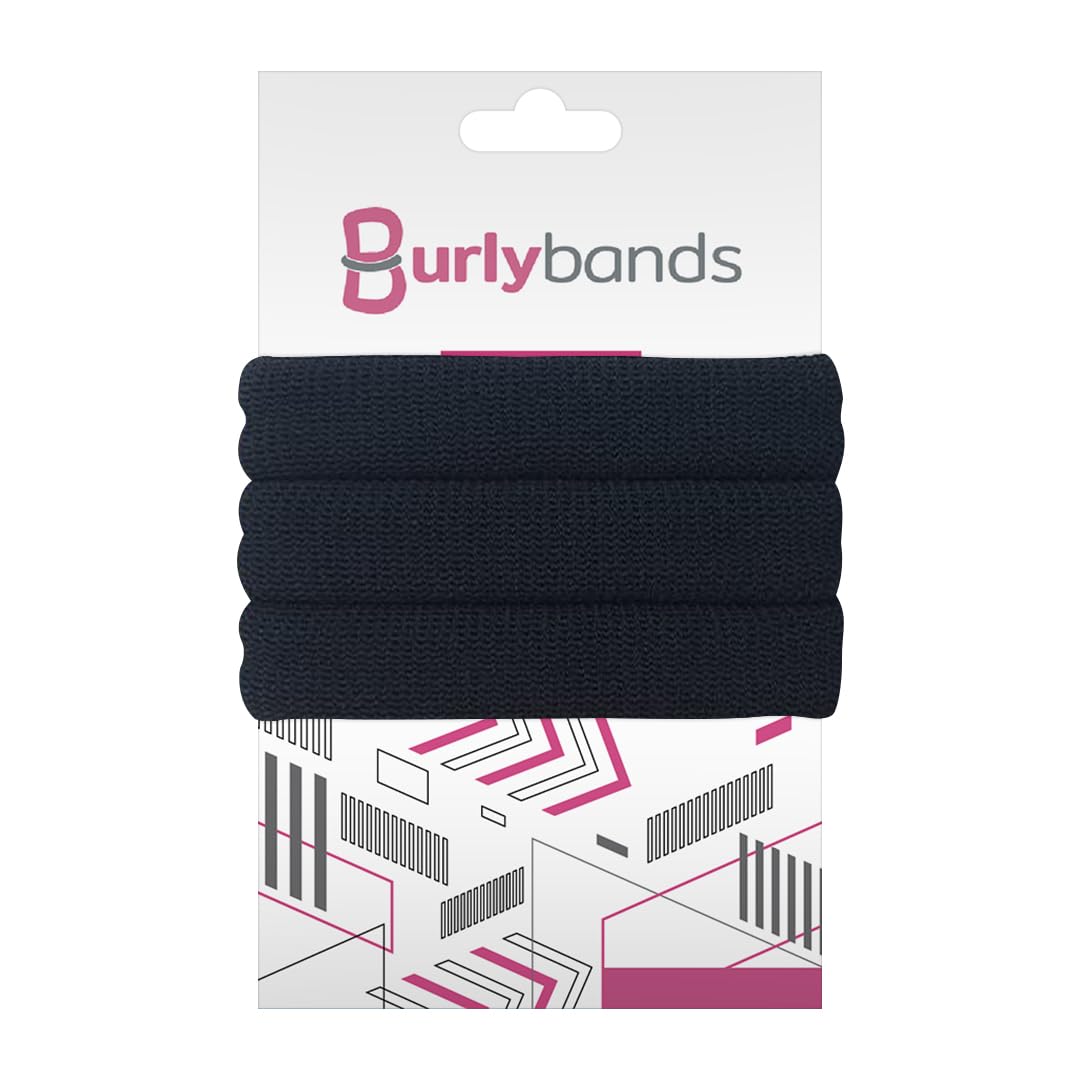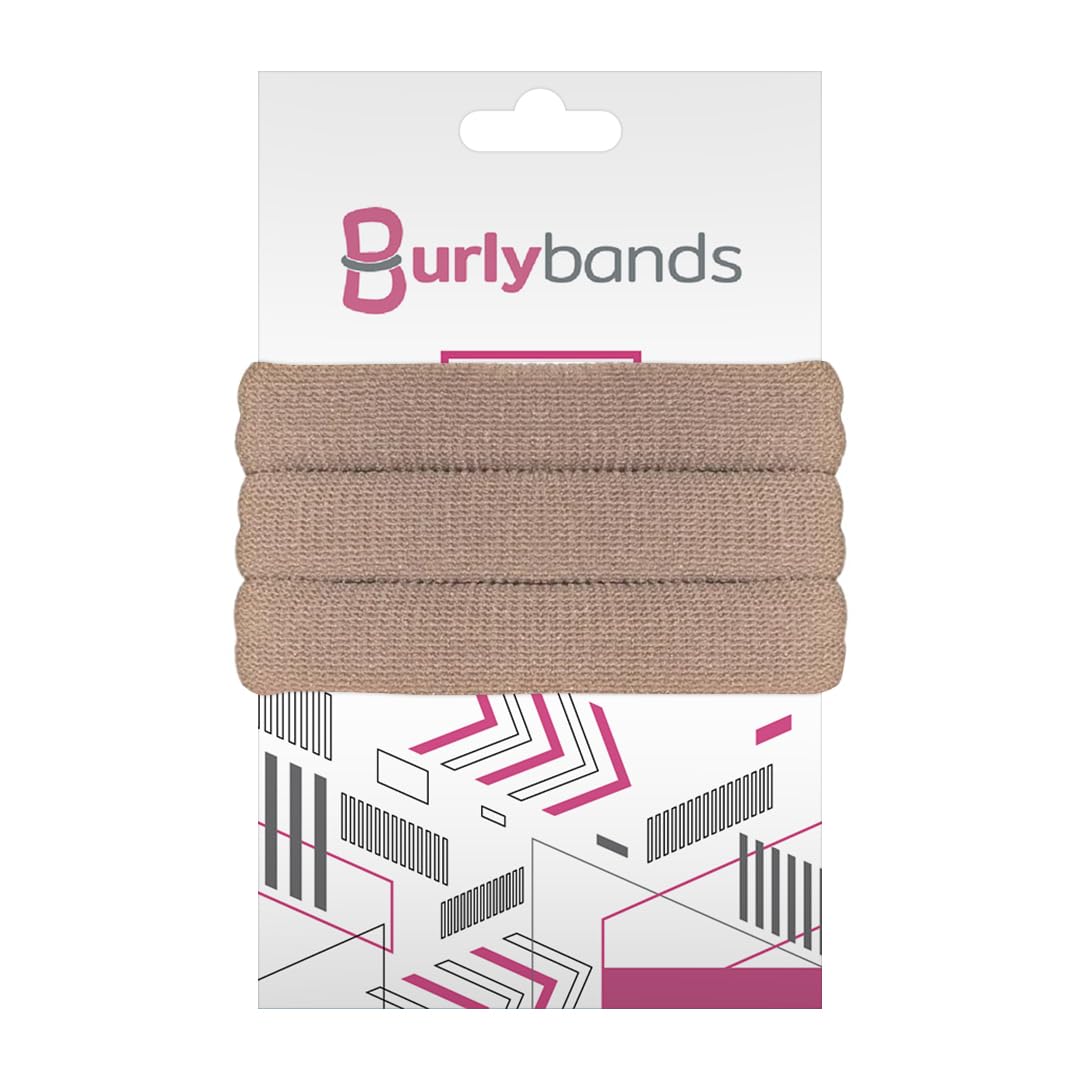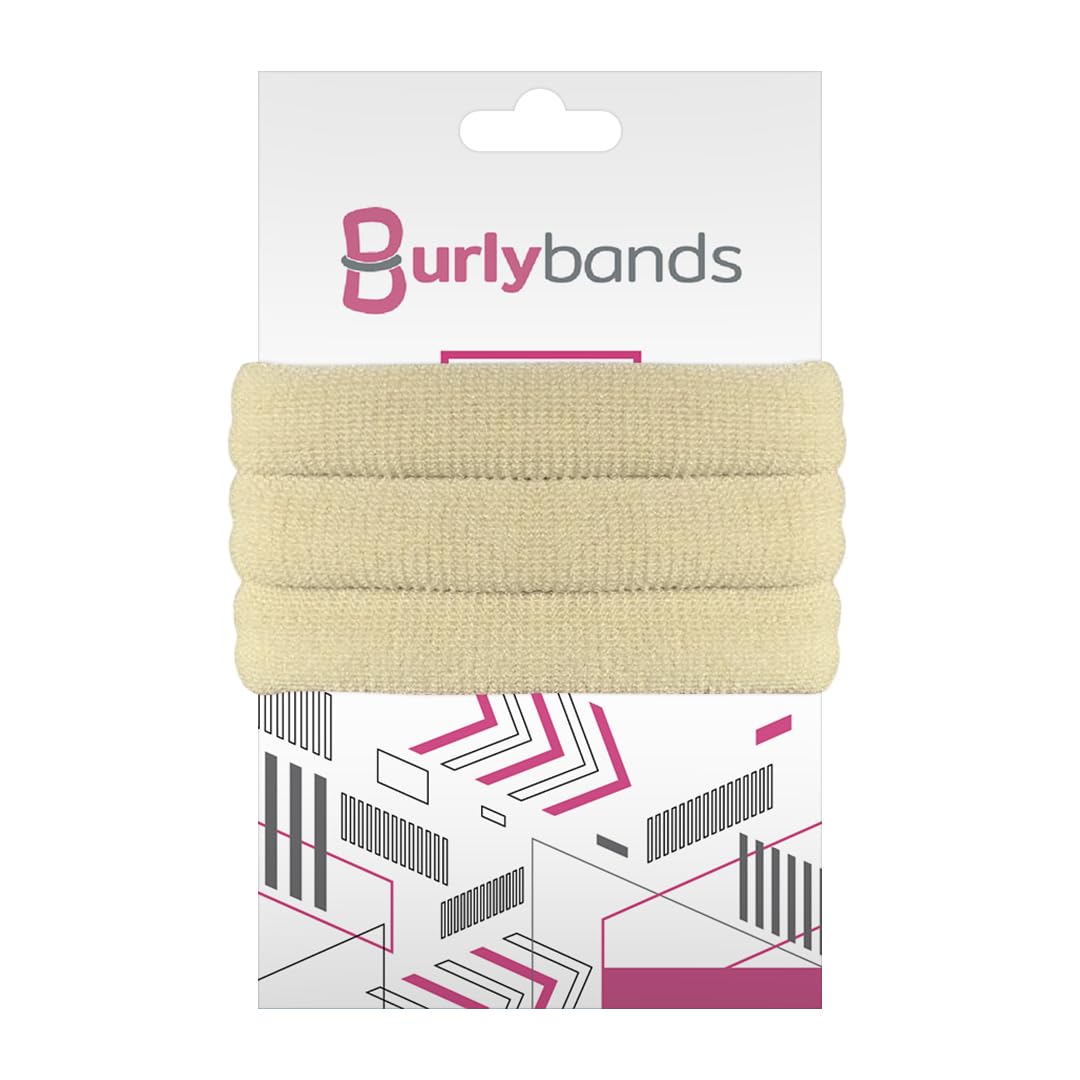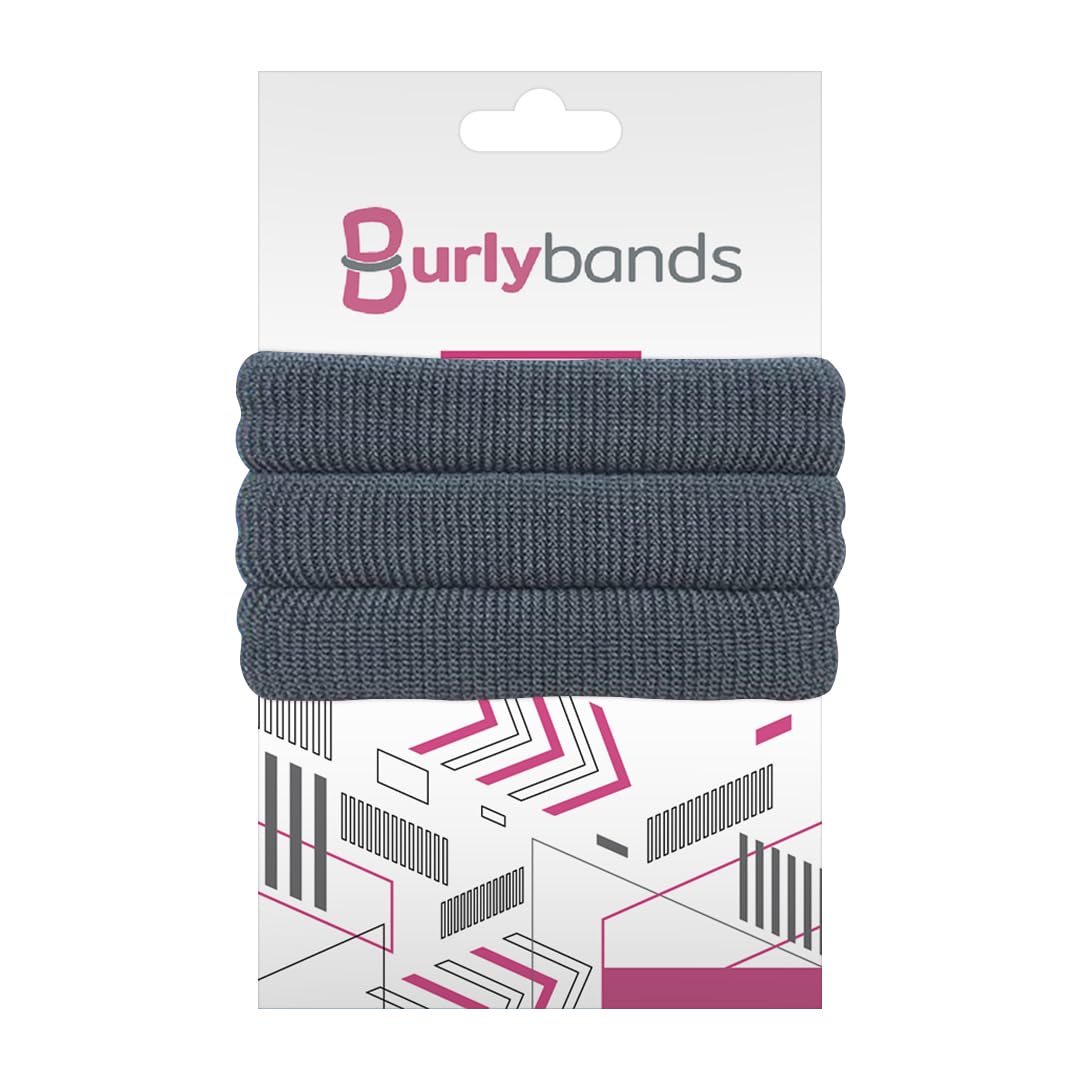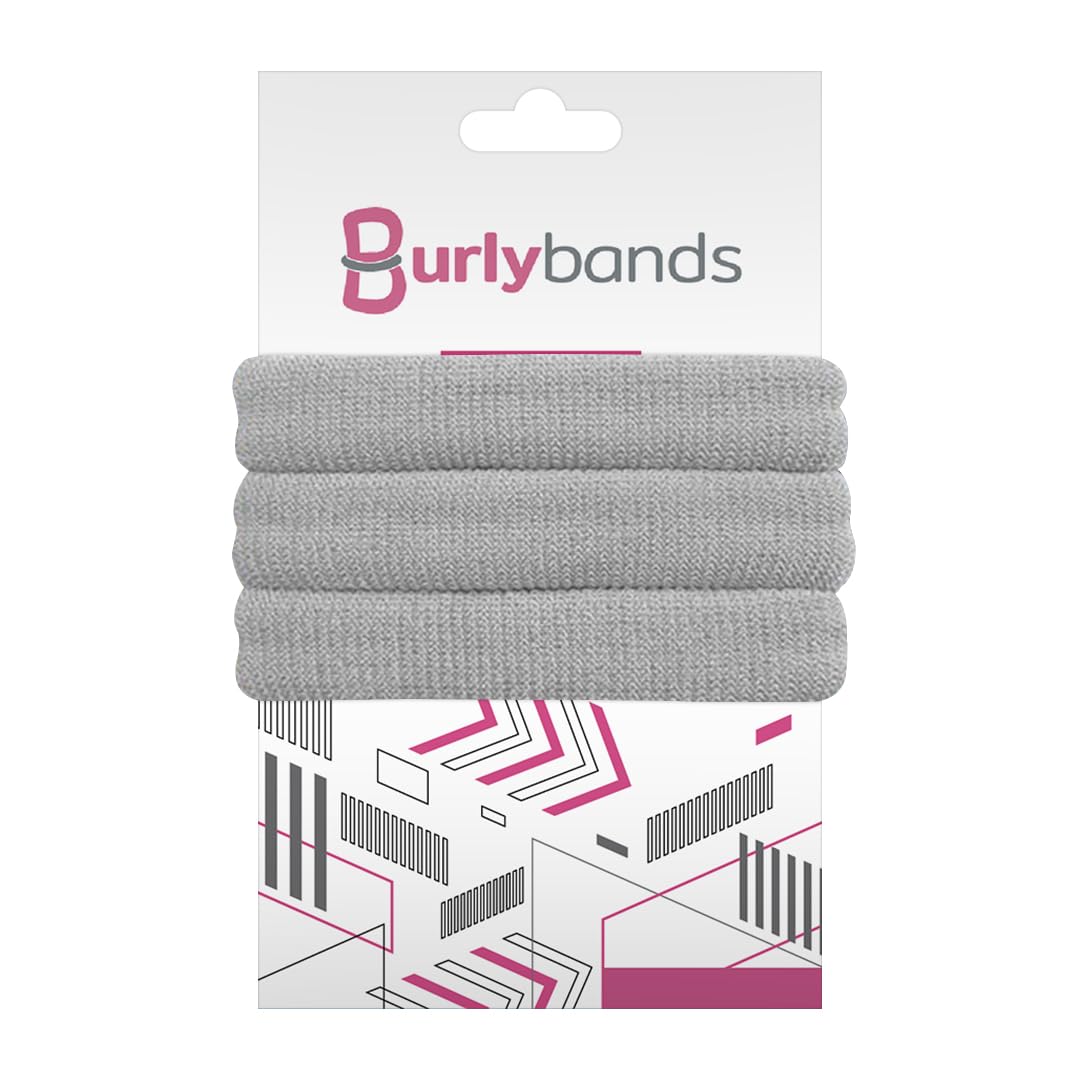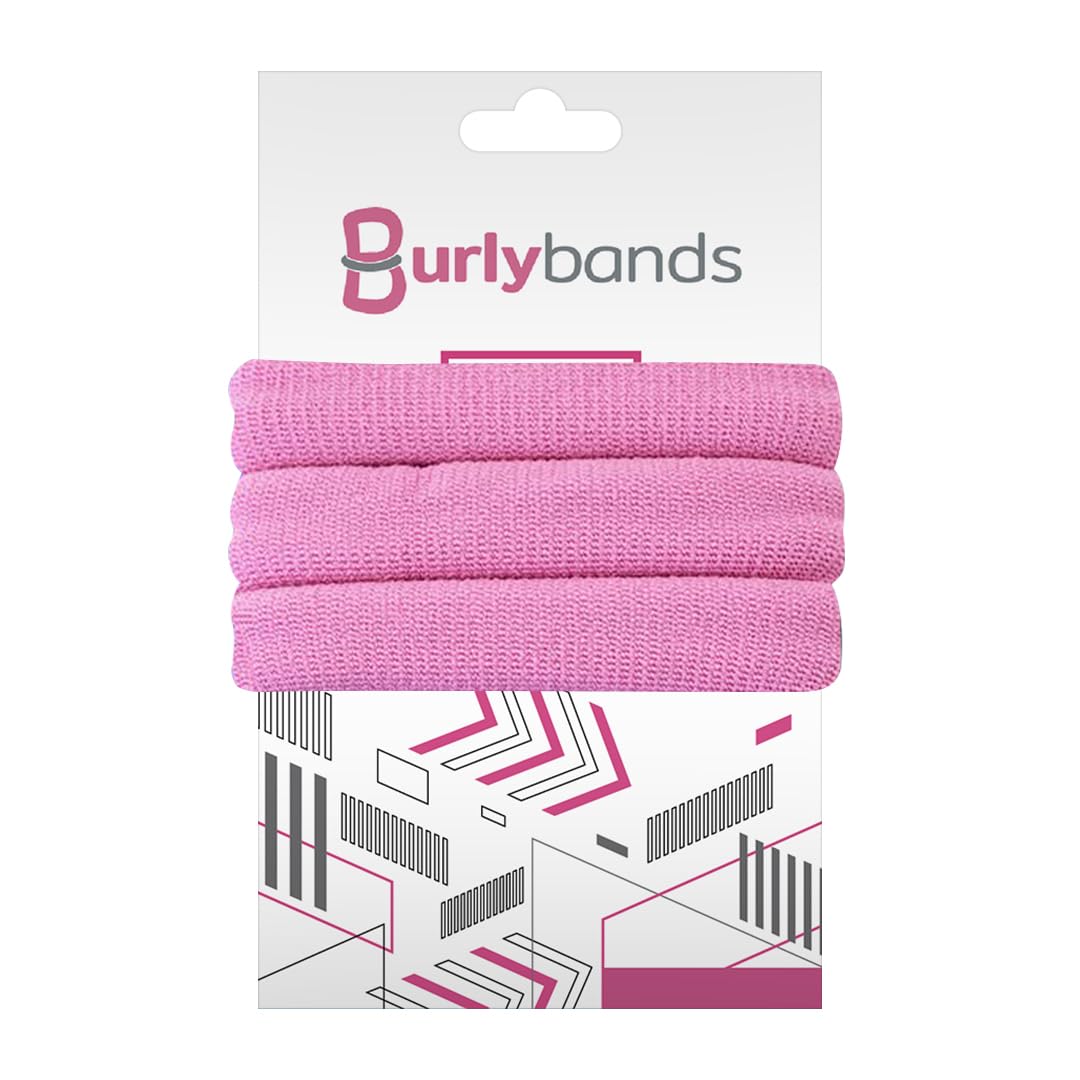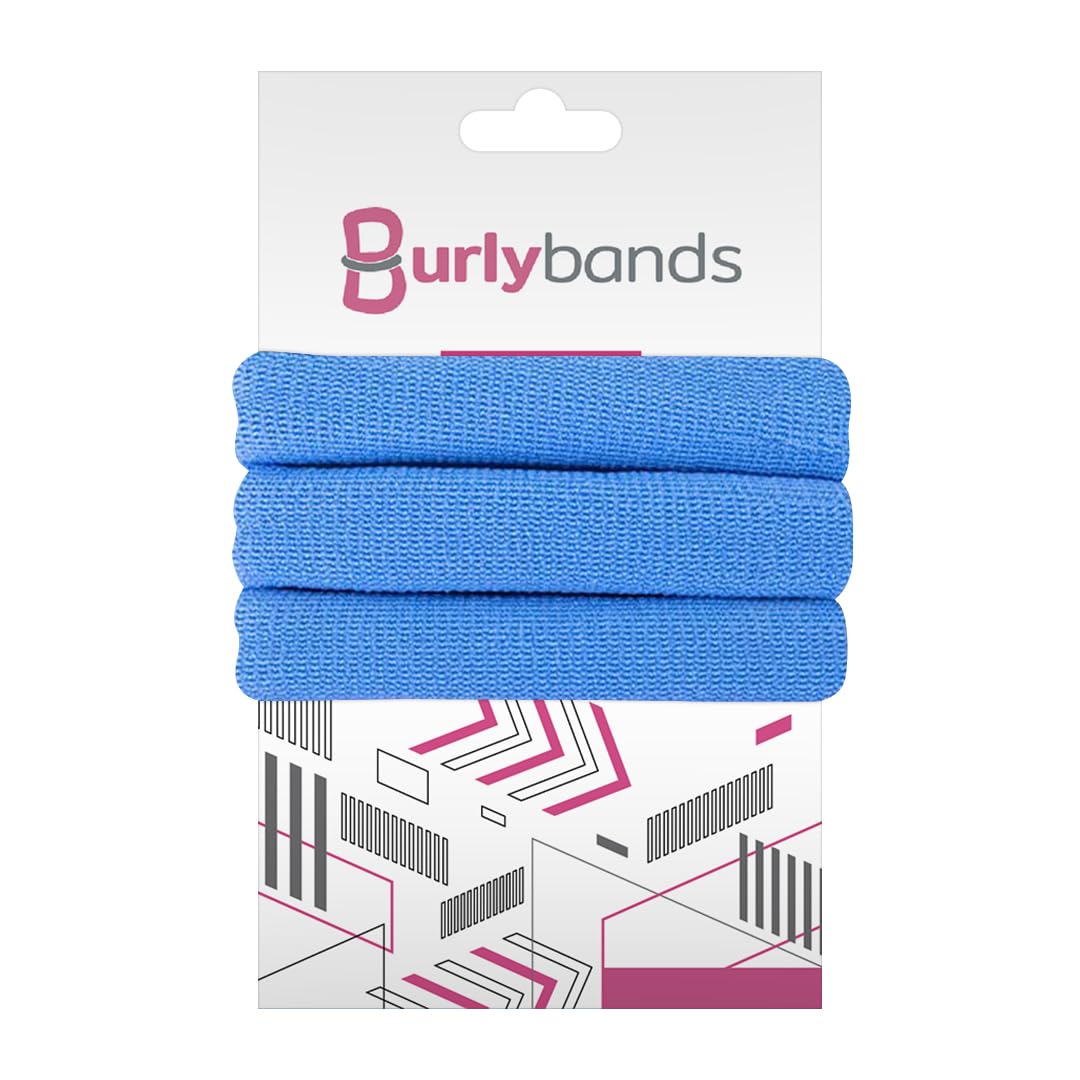As an athlete or fitness enthusiast, you know that staying focused during rigorous workouts or intense games is crucial to your performance. The last thing you need is to be constantly distracted by your hair falling in your face, or even worse, getting tangled in equipment or an opponent's hair during a match. That's why tying your hair back is not just a matter of personal preference, but a crucial habit that should never be skipped.
In this article, we'll explore the importance of tying back your hair during exercise, and why it's a small but significant step that can help you stay focused and perform at your best. So if you're tired of being weighed down by your hair during workouts, grab your hair ties and read on!
Safety First: The Dangers of Loose Hair During a Workout
As an athlete, safety should always be your top priority when working out or competing. While you may be focused on perfecting your form or pushing your limits, it's important not to overlook the potential dangers of leaving your hair loose during physical activity. Here are just a few examples of how loose hair can pose serious risks to your safety:
1) Impairs Vision

Credit: Envato Elements/ werayutht
One of the primary dangers of having loose hair during exercise and sports is impaired vision. When hair falls into your face, it can obstruct your view of your surroundings, making it harder to see where you're going or what you're doing. This can be particularly dangerous during activities that require quick movements or changes in direction, such as dancing, or team sports. Not only does impaired vision increase your risk of colliding with other people or objects, but it can also make it harder to maintain proper form during exercises, putting you at risk of injuries such as sprains or strains.
2) Causes Equipment Entanglement
Another serious risk of having loose hair during exercise is equipment entanglement. Loose hair can get caught in gym equipment or outdoor gear, such as weights, resistance bands, or bike chains. This can cause painful injuries, such as hair being pulled out, scalp cuts, or even neck injuries in severe cases. If your hair is caught in the equipment while you're still moving, the sudden jolt could also cause you to lose your balance and fall, potentially leading to more serious injuries. To prevent equipment entanglement, it's essential to keep your hair tied back.
3) Risk of Hair Entanglement with Others

Credit: Envato Elements/ _monkeybusiness
In addition to getting caught in equipment, loose hair can also become entangled with other individuals' hair, particularly during sports such as basketball or soccer where close contact with other players is unavoidable. This can cause discomfort, scalp irritation, and other complications. Therefore, it's important to keep your hair tied back to prevent any incidents of entanglement, which could put you and your teammates at risk.
4) Causes Overheating
Finally, having loose hair during exercise and sports can also lead to overheating. Hair that is not tied back can trap heat and sweat on your neck and back, leading to exhaustion, dehydration, and even heat strokes in extreme cases. This can be especially dangerous if you're working out in a hot or humid environment, or if you're doing high-intensity exercises that cause you to sweat heavily. Tying your hair back can help prevent heat and sweat from getting trapped on your skin, keeping you cool and comfortable throughout your workout.
Performance Benefits: How Tying Your Hair Back Can Help You Excel
Tying your hair back during exercise isn't just about safety, it can also enhance your performance in several ways. Here are some ways that tying your hair back can help you excel in your workouts:
1) Better Focus

Credit: Envato Elements/ lakobchuk
When you have long hair, it's natural to constantly be fussing with it, pushing it out of your face, or tucking it behind your ears. All of this can be incredibly distracting, especially during intense workouts or sports. By keeping your hair tied back and out of your face, you can concentrate more fully on your movements and form. This increased focus can help you perform better, reduce the risk of mistakes or accidents, and ultimately achieve better results.
2) Increased Efficiency
Loose hair can be a real hindrance when it comes to exercise and sports. It can fly around, get caught in equipment, and generally get in the way. This can cause you to move less smoothly and less efficiently, which can negatively impact your performance. When your hair is tied back, however, you can move more efficiently, which can lead to better endurance. Whether you're playing soccer, or tennis, or doing any other type of exercise or activity, having your hair tied back can help you perform at your best.
3) Better Aerodynamics

Credit: Envato Elements/ DisobeyArtPh
If you participate in speed-based sports like running or cycling, tying back your hair can provide more than just safety benefits. Loose hair creates drag, which can slow you down and reduce your aerodynamic efficiency. By keeping your hair tied back and out of the way, you can streamline your body and move more smoothly, leading to improved speed.
4) Enhanced Balance
Tying your hair back can also improve your balance during exercise and sports. Long hair that is left loose can sway from side to side, throwing off your balance and stability. This can be particularly problematic during exercises that require you to stand on one leg or perform balancing poses. By tying your hair back, you can reduce this distraction and improve your balance.
Additional Benefits of Tying Your Locks Back During Exercise
Tying your hair back during exercise and sports is not only crucial for safety and enhancing performance, but it also offers several additional benefits. These benefits include:
1) Improves Hygiene

Credit: Envato Elements/ LightFieldStudios
Hair that is tied back is less likely to trap sweat, dirt, and bacteria. When you have long hair that's loose during exercise, it can become a magnet for sweat and grime. This can lead to scalp infections, acne, and other skin issues. By keeping your hair tied back, you can reduce the risk of these issues and keep your scalp and skin clean and healthy.
2) Sign of Athletic Professionalism
For professional athletes or those in the fitness industry, tying hair back is often a requirement. It is a sign of professionalism and shows that an individual is taking their training seriously. In addition, it helps to maintain a neat and tidy appearance, which is particularly important for those who interact with clients or fans.
3) Protects Hair from Environmental Conditions

Credit: Envato Elements/ _insidecreativehouse
When exercising or indulging in outdoor sports, hair can be exposed to harsh environmental conditions, such as wind, sun, and rain. This exposure can cause hair dryness, brittleness, and split ends. When hair is tied back, it is protected from these harsh conditions, reducing any of these issues.
4) Prevents Hair Damage
Finally, tying hair back can also prevent hair damage from friction or rubbing against clothing or equipment during exercise and sports. When hair is left loose, it can become tangled or matted, leading to breakage and damage. By tying hair back, individuals can prevent this damage and keep their hair healthy and strong.
Factors to Consider When Choosing a Hair Tie for Exercise and Sports
When tying your hair back during exercise and sports, it's important to choose the right hair tie to avoid hair damage and discomfort. Here are some factors to consider:
1) Material

Credit: Burlybands
The material of the hair tie is an important consideration when choosing a hair tie for exercise and sports. Avoid hair ties made of materials that can easily break, such as elastic or rubber, as these can snap and cause injury. Instead, choose hair ties made of materials such as cotton, nylon, or spandex, which are strong and durable.
2) Size and Shape
Hair ties come in different sizes and shapes, and choosing the right size and shape is important for both comfort and performance. For example, if you have thick or curly hair, you may need a larger hair tie to keep your hair securely in place. Alternatively, if you have thin hair, a smaller hair tie may be more comfortable and less likely to slip.
3) Elasticity

Credit: Burlybands
The elasticity of the hair tie is an important consideration, as too much or too little elasticity can affect its ability to keep your hair in place. A hair tie that is too tight can cause headaches or hair breakage, while a hair tie that is too loose can slip or fall out during exercise. Choose a hair tie with moderate elasticity that is comfortable but still holds your hair in place.
4) Grip
The grip of the hair tie is another important factor to consider when selecting a hair tie for exercise and sports. Look for hair ties that have a good grip on your hair, without pulling or tugging. Hair ties with a silicone or rubber grip can help keep your hair securely in place while minimizing damage and breakage.
5) Color and Style

Credit: Envato Elements/ alexlucru123
While not as important as the other factors, the color and style of the hair tie can still be important for some athletes and fitness enthusiasts. Choose a color and style that complements your workout attire and makes you feel confident and comfortable.
6) Activity Type
The type of activity you plan on doing can also affect the hair tie you choose. For example, if you plan on swimming, choose a hair tie that is water-resistant and won't slip out of your hair when wet. Alternatively, if you plan on doing high-impact activities such as running or jumping, choose a hair tie that is extra secure.
Quick and Stylish Sports Hairstyles to Try for Optimal Performance
Now that you understand the importance of tying back your hair during sports and exercise, you may be wondering what kind of hairstyles are best. Fortunately, there are several options that can help you stay safe, comfortable, and stylish. Here are a few easy and practical hairstyles to consider:
1) French Braid Ponytail

Credit: Envato Elements/ aksenova_sveta
The French Braid Ponytail is perfect for high-impact sports like running and jumping. Here's how to do it:
- Start by parting your hair down the middle and braiding each side in a French braid.
- Gather the two braids together at the back of your head and create a high ponytail.
- Secure the ponytail with a hair tie.
2) Four Strand Braid
The Four-Strand Braid is great for sports that involve a lot of movement, like basketball or soccer. Here's how to do it:
- Begin by dividing your hair into four equal sections.
- Take the strand that is farthest to the right and cross it over the strand that is to the left of it. Next, take the new strand that is now on the far right and cross it over the following strand to its immediate left.
- Repeat this process until you reach the end of your hair.
- Secure the braid with a hair tie.
3) Gym Cornrows
Credit: Envato Elements/ SabrinaBracher
Cornrows are perfect for any sport, as it keeps your hair out of your face and is easy to do. Here's how to do it:
- Begin by parting your hair into small sections.
- Starting at the front of your head, take a small section of hair and divide it into three equal parts and begin braiding it.
- Once you reach the end of the section, secure the braid with a hair tie.
- Repeat this process with the remaining sections of hair.
4) Side Ponytail with Twist
This hairstyle is great for low-impact sports like golf or hiking. Here's how to do it:
- Gather your hair into a low-side ponytail and secure it with a hair tie.
- Create a small opening above the hair tie, which will allow you to thread your ponytail through it.
- Thread the ponytail through the gap you just made.
- Once the ponytail is through, twist it up.
- Pull it tight and use clips to secure any stray strands.
Summary
There are numerous reasons why athletes and fitness enthusiasts should never skip tying their hair back during exercise. From safety to hygiene to hair protection, tying hair back is an essential aspect of a safe and effective workout. By selecting the appropriate hairstyle and hair accessories, you can take your workout to the next level with minimal interference from your hair.
And for the perfect hair tie that won't budge during intense workouts and high-impact sports, look no further than Burlybands. Our hair ties feature a strong grip and durable design that will keep your hair in place, allowing you to focus on your performance. Shop with us today.
 Log in
Log in


